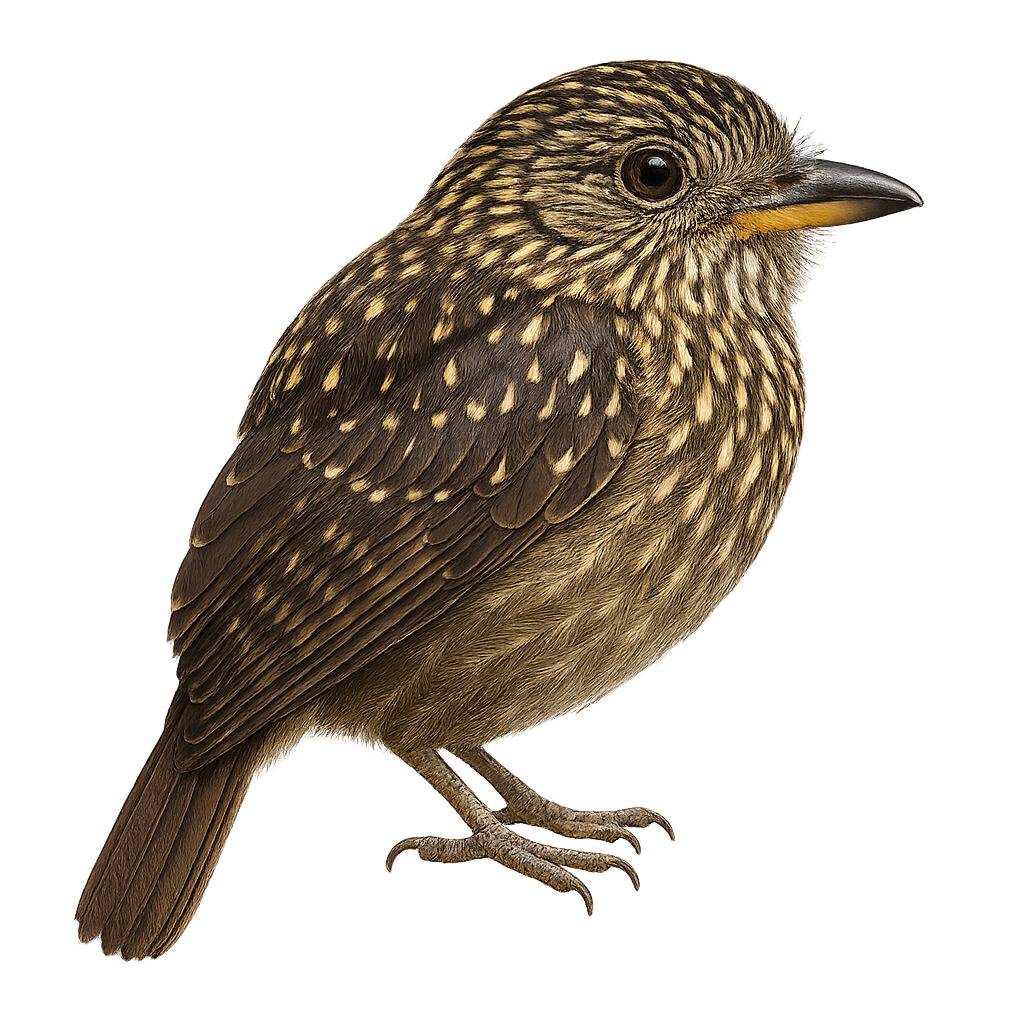Your wildlife photography guide.
Explore the dusky-cheeked puffbird in detail, study its behavior, prepare your shots.
Where to observe and photograph the dusky-cheeked puffbird in the wild
Learn where and when to spot the dusky-cheeked puffbird in the wild, how to identify the species based on distinctive features, and what natural environments it inhabits. The WildlifePhotographer app offers tailored photography tips that reflect the dusky-cheeked puffbird’s behavior, helping you capture better wildlife images. Explore the full species profile for key information including description, habitat, active periods, and approach techniques.
Dusky-cheeked Puffbird
Scientific name: Malacoptila fusca

IUCN Status: Least Concern
Family: BUCCONIDAE
Group: Birds
Sensitivity to human approach: Suspicious
Minimum approach distance: 10 m
Courtship display: March to April
Incubation: 20-22 jours
Hatchings: March to May
Habitat:
Tropical forests, forest edges, dense wooded areas
Activity period :
Primarily active during the day, with peak activity in the morning and late afternoon.
Identification and description:
The Dusky-cheeked Puffbird, or Malacoptila fusca, is a discreet bird found in the tropical forests of South America. It is characterized by its dark brown plumage, with lighter shades on the belly and a slightly darker head. This bird measures about 18 to 20 cm in length and has a robust beak, well-suited for its diet mainly consisting of insects and small fruits. It is often seen alone or in pairs, perched motionless on a low branch, watching for prey. Its song is soft and melodious, often heard at dawn or dusk. Although its habitat is threatened by deforestation, it remains relatively common in some areas.
Recommended lens:
400 mm – adjust based on distance, desired framing (portrait or habitat), and approach conditions.
Photography tips:
To photograph the Dusky-cheeked Puffbird, it is advisable to use a telephoto lens of at least 400mm to capture detailed images without disturbing the bird. Look for it in tropical forests, often perched on low branches. Be patient and discreet, as this bird is suspicious. The best times to photograph it are early in the morning or late afternoon, when the light is soft and the bird is more active. Use a tripod to stabilize your camera and achieve sharp images.
The WildlifePhotographer App is coming soon!
Be the first to explore the best nature spots, track rutting seasons, log your observations, and observe more wildlife.
Already 1 429 wildlife lovers subscribed worldwide

